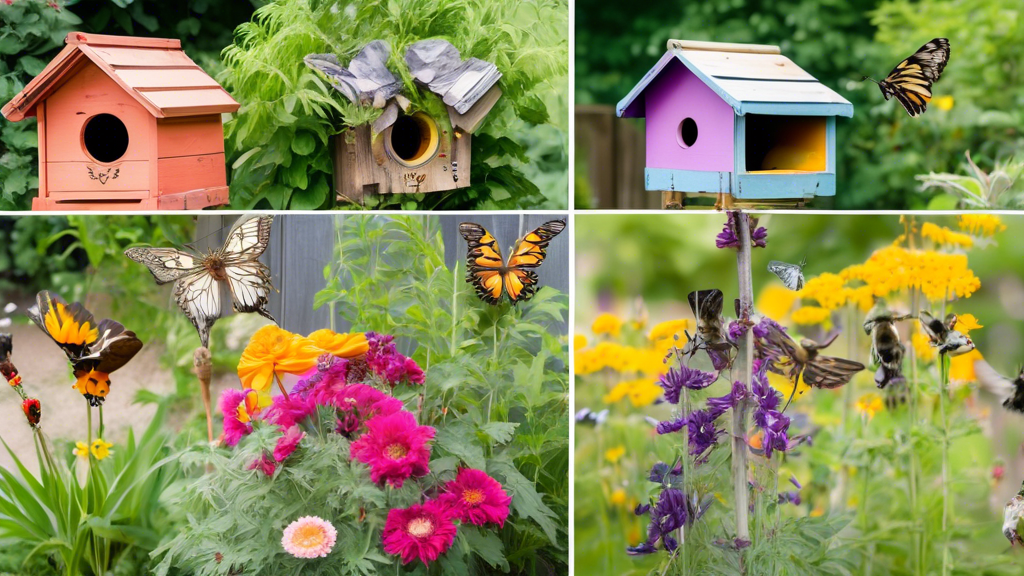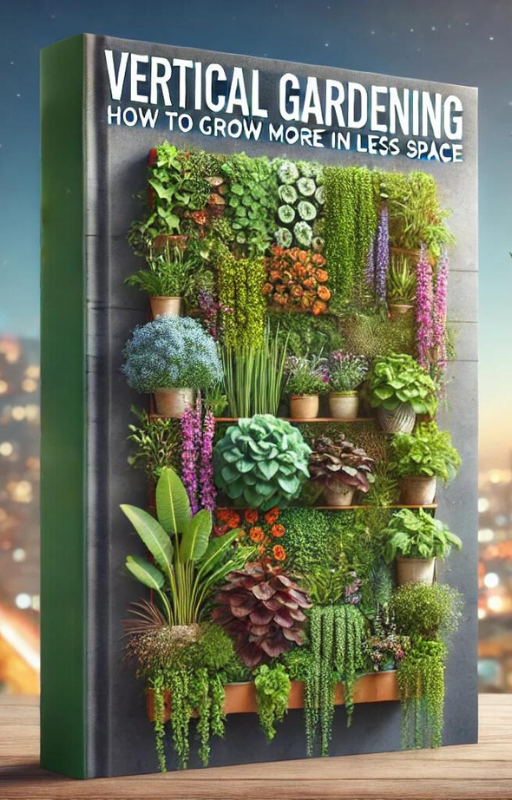Pollinator gardens are a wonderful way to contribute to the environment by providing essential habitats for bees, butterflies, and other vital pollinators. These special gardens play a crucial role in maintaining a healthy ecosystem by ensuring the pollination of plants, which is necessary for food production and biodiversity. Establishing one of these gardens not only beautifies your space but also supports wildlife. Many people believe that starting a pollinator garden requires significant financial investment, but this article will demonstrate that it’s possible to create an effective one on a budget. By incorporating native plants, employing cost-saving propagation methods, crafting garden accessories from recycled materials, and tapping into community resources, you can develop a vibrant and supportive habitat for pollinators without breaking the bank.
Introduction to Pollinator Gardens and Their Importance
What Are Pollinator Gardens?
Pollinator gardens are intentional spaces filled with specific plants that provide nourishment and habitat for pollinators like bees, butterflies, birds, and bats. These gardens are designed to offer food in the form of nectar and pollen, as well as places to nest and reproduce.
The Vital Role of Pollinators in the Ecosystem
Pollinators are crucial for the reproduction of many plants, including a significant portion of the crops humans rely on. They enable the production of fruits, vegetables, and seeds, contributing to biodiversity and food security. Without them, our ecosystem would face significant challenges.
Overview of the Benefits of Creating a Pollinator Garden
- Supports Biodiversity: By planting a variety of species, you help maintain the ecological balance.
- Improves Crop Yield: Improved pollination directly impacts the quantity and quality of crop production.
- Enhances Garden Beauty: These gardens are visually appealing, with colorful flowers and lively pollinators.
- Fosters Environmental Stewardship: Promoting awareness about the importance of pollinators nurtures a sense of responsibility towards nature.
Addressing Common Misconceptions About the Cost of Starting a Pollinator Garden
Many people believe that establishing a pollinator garden requires a significant financial investment. However, this is not necessarily the case. With the right strategies, you can create an effective pollinator garden even on a limited budget. It’s all about making thoughtful choices and utilizing available resources wisely.

Top Budget-Friendly Tips for Creating Your Pollinator Garden
Selecting Native Plants that Attract Pollinators and Are Cost-Effective
Choosing plants that are native to your area is both budget-friendly and beneficial. Native species are well adapted to the local climate and soil conditions, requiring less water and maintenance. These plants will naturally attract local pollinators such as bees, butterflies, and birds. Consider options like milkweed, coneflowers, and black-eyed Susans, which are often available at reasonable prices at local nurseries or plant sales.
Propagation and Seed Sharing Techniques to Lower Plant Costs
Propagation is a cost-effective way to increase your plant stock. You can easily propagate many pollinator-friendly plants through techniques such as taking cuttings, dividing roots, or collecting and sowing seeds. Additionally, engage in seed sharing with friends, family, or local gardening groups. This not only reduces the need to buy new plants but also fosters a community spirit.
DIY Garden Accessories Using Recycled Materials
Create garden decor and functional items using recycled materials. Old tires can serve as planters, glass bottles can be turned into garden edging, and wooden pallets can transform into vertical gardens or compost bins. These DIY projects provide a personal touch and reduce overall costs while promoting sustainability.
Utilizing Community Resources and Local Grants for Garden Projects
Take advantage of community resources such as local gardening clubs, extension services, and workshops that offer free advice and sometimes free plants or seeds. Look into local grants or funding opportunities aimed at encouraging urban gardening or biodiversity projects. Many organizations support environmentally friendly initiatives and can provide both financial assistance and resources to help you get started.
Creating a pollinator garden doesn’t have to break the bank. By selecting cost-effective native plants that attract pollinators, you can build a thriving garden that supports wildlife. Propagation and seed sharing are excellent methods to acquire plants without high expenses. Additionally, incorporating DIY garden accessories from recycled materials can provide both environmental benefits and cost savings. Leveraging community resources and exploring local grants can further offset costs, making your project more affordable. This low-cost approach not only promotes ecological health but also fosters a connection with nature, demonstrating that environmental stewardship is both accessible and financially feasible.


